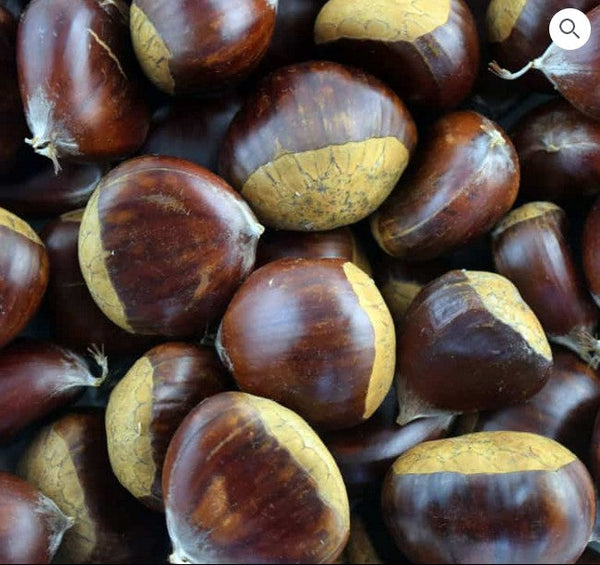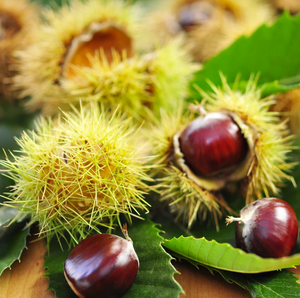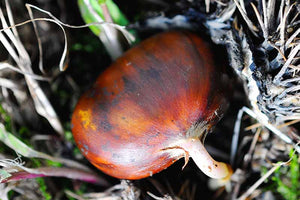Precoce Migoule Chestnut
Shipping calculated at checkout
45 in stock
Need more? Contact us
This tree needs pollination
Compatible trees:
Chestnut 'Bouche de Bétizac'
Chestnut 'Bouche de Bétizac'
Hybrid chestnut 'Labor day'
Hybrid chestnut 'Labor day'
Hardiness Zones
Specific port
Growth speed
Flowering period
Number of years for production
8 years
Harvest month
Light
Uses / Special remarks




